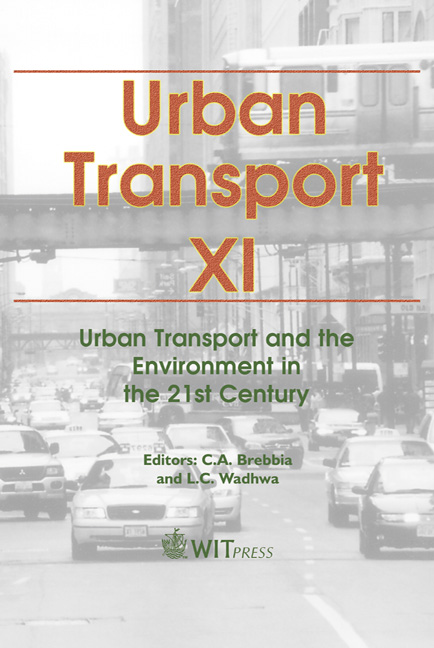Toll Modelling In Cube Voyager
Price
Free (open access)
Transaction
Volume
77
Pages
8
Published
2005
Size
744 kb
Paper DOI
10.2495/UT050851
Copyright
WIT Press
Author(s)
T. Vorraa
Abstract
Toll systems are increasingly installed on highways and around cities. To help plan the toll systems, the capacities they need, find the right locations and get a reasonable estimate of revenues, advanced toll modelling must be implemented in the travel demand model. Cube Voyager is a member of the Cube transport planning system and offers tools for handling any type of toll modelling that is and will be required. 1 Overview of road toll systems Road charging is becoming increasingly ‘popular’ throughout the world to support transport infrastructure developments. In many places road toll collection is also used in policy measures such as congestion charging schemes. Toll collection is organised in a variety of ways including: • Single toll collection links • Multiple toll collection links • ‘Network’ of toll collection links • Toll cordons around towns The toll collection is in many places still based on manual payment systems but automatic collection with various electronic systems is becoming standard. The toll cost can be fixed, vary by time of day and may also depend on entry-exit points, time between entries etc. The planner is faced with many challenges when dealing with toll systems. The designing and planning of the toll collection itself needs information about expected flows through the system for finding the best possible locations for toll collection points and for calculating expected revenues. This paper describes how toll systems can be handled in travel demand forecasting tools.
Keywords





